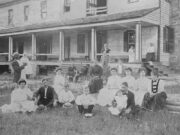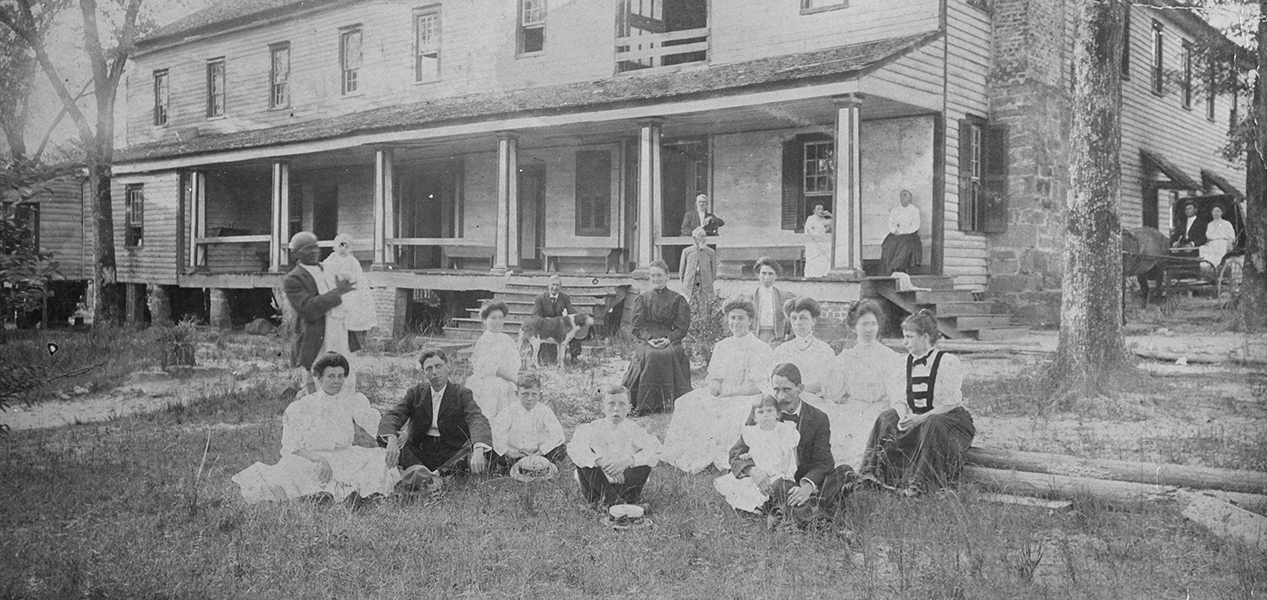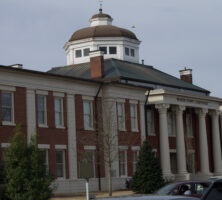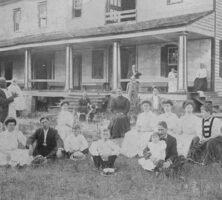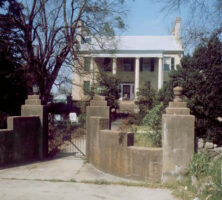Warren County, comprising 286 square miles, was created in 1793 in the east central part of the state from Burke, Columbia, Washington, and Wilkes counties.
Later, parts of Warren County were used to create Glascock County and parts of Jefferson, McDuffie, and Taliaferro counties. Georgia’s sixteenth county is named after Joseph Warren, a colonial physician and Revolutionary War (1775-83) soldier.
Early History
The area’s first inhabitants were Creek Indians, who established the famous Upper Trading Path, a route between Augusta and Creek settlements as far west as the Mississippi River. The first white settlers were men who received grants from King George III of England. While Georgia was still an English colony, the area now forming Warren County was part of St. Paul’s Parish.
Warrenton, the county seat, was incorporated in 1810. Court was held first in the home of James McCormick, and then of Sterling Gardener, who later donated land for an official courthouse, which was built in 1809. It burned down in 1853, and its replacement suffered the same fate in 1909. The current courthouse, built in 1910 and restored in 1999-2000, was listed on the National Register of Historic Places in 1980. The other incorporated towns are Camak and Norwood.
Railroad service came to Warren County relatively early. Athens resident James Camak led a group of associates to charter the Georgia Railroad in 1833, building a line just north of Warrenton in the 1830s. (The depot in that location evolved into the town of Camak.) The link between Warrenton and Camak was made by mule-car, leading to the county seat’s nickname, “Muletown.” The Civil War (1861-65) brought efforts to replace the mule-car with true rail, but this was not accomplished until 1873.
Economy
Norwood developed around a gristmill owned by Radford Gunn, and the community was known as Gunn’s Mill until 1888. The Georgia Railroad laid tracks through the town, which bustled with business activity in its early days. The advent of the automobile and highway system, however, spelled the rapid decline for Norwood’s business district, today a faint shadow of what it once was. The first rural, free mail delivery occurred in Norwood in 1868, when six residents hired Jerry Parsons, an African American, to deliver their mail on a daily basis, paying for his food and clothing in exchange. The system worked well and was remembered by a local boy, Thomas E. Watson, after he grew up and became a member of the U.S. Congress. In 1893 Watson sponsored the first rural free-delivery bill, based on Parsons’s pioneering efforts. A more modern innovation created another “first” for Norwood—the community was the first in Georgia to install a municipal-drip soil-absorption system for wastewater disposal.
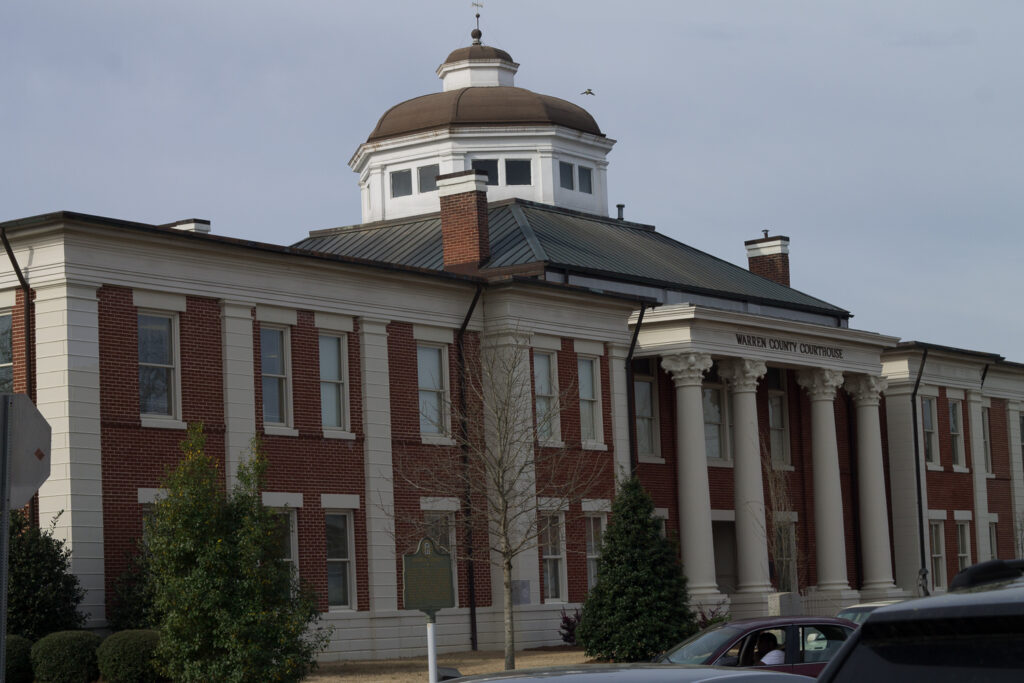
Other communities include Mesena and Beall Springs. Mesena is an acronym consisting of the first letter of each daughter’s name in the family of J. F. Hamilton. Beall Springs grew up around mineral springs used by Native Americans long before the state acquired the land in 1773. The Beall family, as the first white settlers to own the land surrounding the springs, allowed the public to continue using the water. In the nineteenth century Beall Springs became a popular resort, complete with hotel and leisure-time activities. Among notable men who visited were Confederate vice president Alexander Stephens and U.S. senator Robert Toombs.
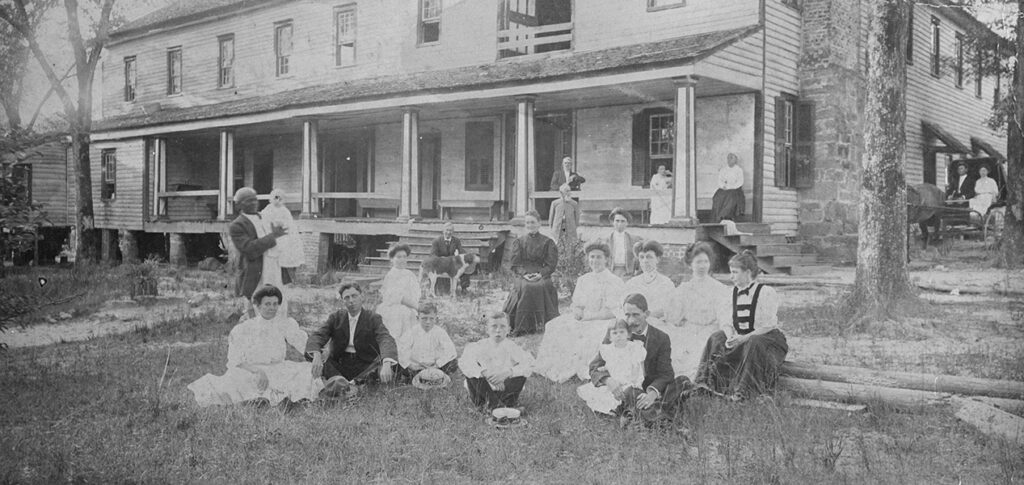
The first recorded wool mill and one of the first iron foundries in Georgia were located on a spot named Shoals, on the Ogeechee River. They were established by Colonel William Bird, a veteran of the American Revolution, and his partner, Benjamin A. Hamp. In 1812 Thomas Cheely bought the property and erected a gristmill on it. The two mills were burned by Union general William T. Sherman’s troops in 1864. Cheely’s house, built with enslaved labor in 1825, remains.
Today, agribusiness, kaolin mining, iron fabrication, and textiles are among the economic mainstays in Warren County. There has been a recent move to encourage tourism by calling attention to the county’s natural beauty. The western boundary is the Ogeechee River, and the area is heavily forested. The plentiful fish and game attract fishermen and hunters, some of whom have joined the private hunting reserves in the area. One of the largest employers is Georgia-Pacific.
People and Places
A notable resident was David Bushnell (also known as David Bush), a Warrenton physician, teacher at Warrenton Academy, and father of the submarine. As an engineer in the Continental Army during the American Revolution, he invented a one-man submarine known as the “Turtle.”
Three sites in Warrenton are listed on the National Register of Historic Places: the courthouse; the downtown historic district; and the Warrenton Gymnasium/Auditorium, a New Deal project built in 1937-38. Designed in the neoclassical style, the Warrenton Gymnasium/Auditorium has retained its original gymnasium space, bleachers, stage, and dressing rooms. The Roberts-McGregor House, a two-story brick building built in 1835, was added to the National Register in 1979 and demolished in the 1990s.
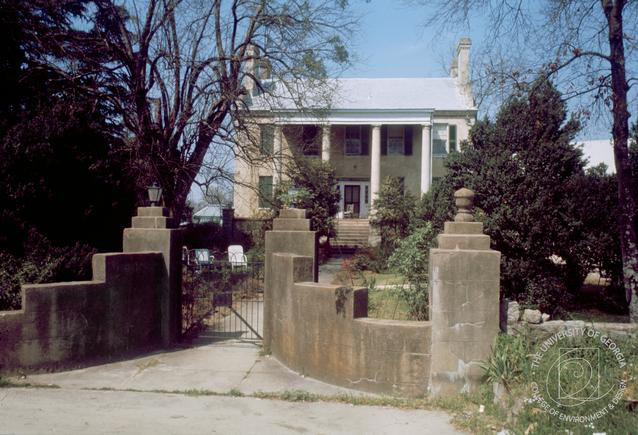
There are several other points of interest. The Jacob Burkhalter Home, built circa 1778, was the first recorded home built in Warrenton, and in 1825 the Marquis de Lafayette stayed there. Little Briar Creek Baptist Church, established in 1777, is the oldest church in the county. The Mill Branch Indian Artifact Display is housed in the Warren County Library. The Ogeechee River Mill has been grinding corn since 1826. The Ogeechee Wildlife Management Area, shared with Hancock County, contains a 24,000-acre nature preserve, although hunting, fishing, and other outdoor activities are permitted.
According to the 2020 U.S. census, the population was 5,215.


